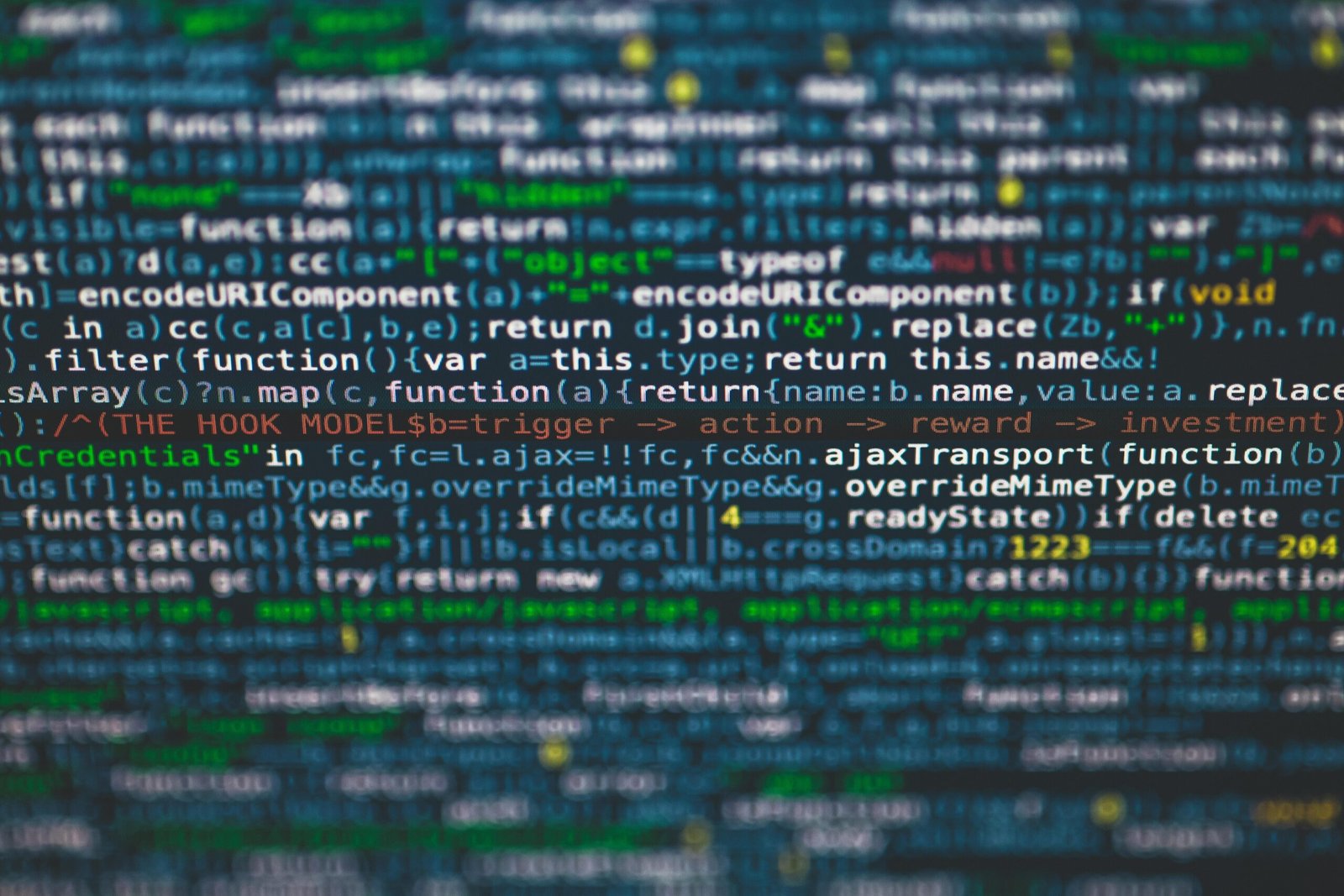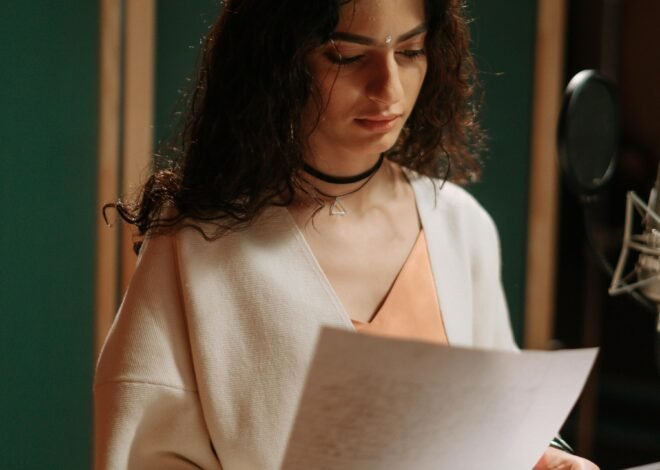
When AI Gets It Wrong: The Funniest Tech Fails
Photo Credit (Pixeles)
Artificial Intelligence (AI) has become an integral part of our daily lives, offering solutions that range from automated customer service to self-driving cars. While AI systems are incredibly powerful and have revolutionized many industries, they are still far from perfect. As sophisticated as they are, AI sometimes makes hilarious mistakes, which can range from minor annoyances to outright absurdity. In this blog, we’ll explore some of the funniest and most perplexing AI fails that have made us laugh, scratch our heads, or wonder just how close we are to a sentient machine apocalypse.
- The Tale of the Mysterious Dog Translator
AI-powered language translation tools have made leaps and bounds in recent years. However, even the most advanced systems can’t seem to understand the nuances of human or animal communication. One hilarious incident occurred when a developer decided to create a “dog translator” that would decode a dog’s bark into human language.
This AI system analyzed hundreds of hours of dog noises and attempted to predict meanings behind each sound. The results? A series of absolutely nonsensical translations that made us believe our furry friends were plotting world domination or perhaps trying to order a pizza. One translation read, “I would like to see the world burn,” followed by “What’s the deal with squirrels?”
While the AI’s “understanding” of dog barks was entirely off, it did spark conversation about how far AI has come in analyzing animal behavior — and how far it still has to go before getting it right.
- Google Photos and the “Black People are Gorillas” Controversy
Google Photos, which uses machine learning algorithms to organize and label photos based on their content, made headlines for all the wrong reasons when an AI-powered system mistakenly labeled African American individuals as “gorillas.” The issue arose from an unfortunate combination of incorrect image recognition models and a lack of proper bias management in the algorithm.
Though the company quickly apologized and removed the offending label, this AI blunder demonstrated how important it is for tech companies to ensure that their AI systems are trained on diverse and representative data. This failure sparked a broader conversation about racial bias in AI, which continues to be a challenge within the tech community.
- The Unfortunate Case of AI-generated Art That Looked Terrifying
One of the most exciting developments in AI over the past few years has been the ability to generate art. AI tools like DeepDream and DALL·E have produced some stunningly beautiful works of art, but sometimes they get things hilariously wrong. One notable example is when an AI algorithm was asked to generate a “portrait of a woman,” but instead came up with something that looked like a nightmare.
The result was a disfigured, distorted face with more eyes than necessary and limbs growing from places they shouldn’t. The image was both intriguing and terrifying, causing viewers to laugh nervously at the unpredictability of AI. While the algorithm had the ability to create realistic art, it lacked the context to ensure that the results didn’t result in terrifying or comically bizarre imagery.
- The Robot That Failed at Dancing
AI and robotics have made great strides in human interaction and motion, but when it comes to rhythm, some robots are a little offbeat. Take, for example, the AI-controlled robot developed to perform a perfectly synchronized dance routine at a tech conference. The robot was designed to mimic human movements and synchronize with the music.
However, as it attempted to execute its complex moves, it ended up looking like a mechanical puppet with no sense of rhythm. Arms flailing in unnatural directions and the legs wobbling in confusion became a hilarious spectacle that had the audience laughing out loud. While the robot’s movements were technically accurate, it was clear that it had no sense of timing or grace — crucial elements when it comes to dancing.
- Siri, The Confused Assistant
Siri, Apple’s voice-activated assistant, is a helpful tool, but it can also provide plenty of moments of unintentional comedy. Many users have asked Siri absurd questions in hopes of getting a funny response, and sometimes Siri delivers, albeit unintentionally.
One hilarious exchange occurred when a user asked, “Siri, what is 0 divided by 0?” Siri’s response was an AI-generated, “Imagine that you have zero cookies and you divide them among zero friends. How many cookies does each person get? See, it doesn’t make sense. And Cookie Monster is sad that there are no cookies, and you are sad that you have no friends.”
While Siri’s response was meant to be humorous, it also highlighted how AI is still learning how to handle abstract or paradoxical queries. Siri’s answer may have been witty, but it was also a clear example of how AI can struggle with basic concepts and logic that humans take for granted.
- Chatbots That Can’t Tell a Joke
Many companies have turned to AI-powered chatbots to handle customer service inquiries. These bots can respond quickly to questions and help solve problems, but they often miss the mark when it comes to humor. One famous example is when a chatbot was asked to tell a joke, and it responded with a completely bizarre punchline that made no sense whatsoever.
“Why did the chicken cross the road?” the user asked. The chatbot answered, “Because the quantum fluctuations in the space-time continuum necessitated a shift in the chicken’s spatial coordinates.” While the response was technically accurate, it was far from funny and demonstrated just how far AI has to go to understand humor.
Humor is one of the most complex aspects of human communication, and AI’s inability to grasp it fully often results in comical misunderstandings. This is especially true for chatbots, who might try to inject humor into their responses only to end up confusing customers even more.
- Tesla’s Autopilot and the “Unforeseen” Parking Lot Incident
Tesla’s Autopilot system is one of the most advanced AI systems for self-driving cars, but it isn’t without its failures. One of the most hilarious and perplexing incidents occurred when the AI decided to park a Tesla in the most unexpected spot — a shopping mall’s fountain.
The car’s sensors failed to recognize the boundaries of the parking lot correctly and instead drove directly into the fountain, splashing water everywhere. The scene was a mix of disbelief and laughter from onlookers as they witnessed a high-tech vehicle getting itself into a situation that most human drivers would avoid with ease.
This incident illustrates that while Tesla’s Autopilot is a marvel of technology, it’s still prone to the occasional misstep. It’s a reminder that even the most sophisticated AI systems can have a humorous “human” moment from time to time.
- AI-generated Music That Sounds Nothing Like Music
AI has also been dabbling in music composition, and while it has generated some beautiful pieces, there have been some hilarious failures as well. One AI music composition tool was tasked with creating a classical piece, but the results were anything but harmonious. The AI produced a cacophony of notes that resembled the soundtrack of a malfunctioning toaster rather than a symphony.
The algorithm seemed to have no understanding of melody, harmony, or rhythm, resulting in a piece that sounded like an explosion of dissonant sound. It was as if the AI had no concept of musical structure and had decided that anything that emitted noise could be considered music. Though it was intended to be an experiment in AI’s creative potential, the result was more amusing than anything else.
- AI’s Hilarious Interpretation of Fashion
AI is often used in the fashion industry to predict trends, design clothing, and even suggest outfits based on what’s in style. However, there have been some pretty funny mistakes along the way. One AI algorithm was tasked with designing an outfit for a fashion show, and the result was a bizarre combination of mismatched patterns, oversized sleeves, and questionable accessories that no human would ever dare to wear.
The AI appeared to have missed the memo on fashion coherence, creating garments that were not only impractical but also borderline absurd. The resulting designs were a mix between avant-garde and just plain ridiculous, showing that AI still has a lot to learn when it comes to understanding style.
- The “Smart” Fridge That Was Too Smart for Its Own Good
Smart home technology is all the rage, and fridges have become some of the most intelligent appliances in modern kitchens. However, one AI-powered fridge took its intelligence a bit too far when it began ordering groceries for its owner without being prompted. The fridge was connected to a shopping app that used AI to detect when items were running low and automatically placed orders for replacements.
In a comically catastrophic error, the fridge ordered 50 pounds of bananas, even though there were already plenty in stock. The result? A mountain of bananas taking over the kitchen, which made for an absurd and frustrating situation. The fridge’s overzealous AI had learned the wrong lesson, but it also served as a reminder that automation can sometimes go hilariously wrong.
Conclusion: Laughing with AI’s Imperfections
While AI systems are rapidly advancing and performing tasks that were once thought impossible, it’s important to remember that they are far from perfect. These funny and sometimes bizarre failures highlight the complexities of creating truly intelligent systems and remind us that even AI can have its “oops” moments.
As we continue to develop AI technologies, we’ll likely see more instances where the machines get it wrong in humorous ways. But these moments also serve as valuable learning experiences for developers and users alike. So, while AI continues to evolve and improve, let’s embrace the funny mistakes along the way and enjoy the ride as we move closer to a future where machines may finally understand the importance of humor — and maybe even learn to dance.


